It might seem simple, but this full-body exercise offers a lot of benefits

In the fitness world, a trendy new workout comes along every other day. If you love to mix up your routine, great. But if you’re the type who likes to keep things simple yet effective, we might have the move for you.
Advertisement
Cleveland Clinic is a non-profit academic medical center. Advertising on our site helps support our mission. We do not endorse non-Cleveland Clinic products or services. Policy
The windmill exercise is a full-body movement that can be done with a kettlebell, dumbbell or no weight at all. And when performed correctly, it can help strengthen your core, hips and shoulders. Physical therapist and certified strength and conditioning specialist Ernest Miller, PT, DPT, CSCS, walks us through this move and explains why your form is so important when doing the windmill exercise.
Before we dive into how to do this move, we have to give a disclaimer. While the windmill exercise offers a variety of benefits, it’s not exactly an exercise for beginners.
Dr. Miller says it’s “not particularly complicated to do, but it is more advanced,” adding, “It does require a good range of motion and a good amount of strength. And the two main areas where you need the most range of motion are your shoulders and your back.”
If you have pre-existing shoulder pain or back problems, that doesn’t necessarily mean that you can’t do this exercise. But Dr. Miller strongly advises that you check in with your healthcare provider before getting started.
One of the main reasons why Dr. Miller likes this move is because it is a multi-planar exercise. This means that it moves your body through all three planes of motion.
Advertisement
“Most of the exercises we do involve forward and backward motion. Think about push-ups, sit-ups, crunches, lunges and squats. With these moves, you’re facing forward and your joints are bending forward and backward. We tend to neglect moving side to side and rotationally (twisting and turning your body). When we don’t explore those different planes, we get stiff and don’t move well,” says Dr. Miller.
With the windmill, you’re training your muscles to be more flexible and strong as they move in different directions. This exercise also allows your spine to get a little more rotation.
Another reason why the windmill is beneficial is that it allows you to work on one side of your body at a time. In doing so, you can spot imbalances from one side to the other.
“With barbell movements, you’re using multiple body parts to move the weight and that can mask imbalances that you might have in strength or range of motion from side to side. The windmill exercise is done one side at a time. That’s good because it allows people to identify if one side of their body isn’t as strong or as flexible as the other side is,” explains Dr. Miller.
Once you recognize those imbalances, Dr. Miller adds that you can make adjustments and work on strengthening those areas that need it.
You’ve talked to your healthcare provider, they’ve given you the green light, and now you’re ready to drop down and get your windmill on. Dr. Miller offers these pointers for doing it the right way.
“It’s usually a stance that’s between hip- and shoulder-width apart. You’ll see people go a little bit wider with their stance and that’s not wrong. It’s just different. However, I recommend standing with your feet either shoulder- to hip-width apart,” Dr. Miller advises.
“It doesn’t matter which arm you start with. Just make sure that you lift that arm straight overhead with your palm facing forward. Your feet are going to be slightly turned in the direction that you’re going to be reaching toward with your lowered arm. So, if you’re starting with your right arm overhead, you’re going to be reaching your left arm down along your left leg,” says Dr. Miller.
“As you keep your eyes on the raised arm (specifically, the hand or the weight in it), reach your other arm slowly down the corresponding leg and hinge at the hips. (Again, if your right arm is raised, you’re reaching your left arm down along your left leg.)” he says.
Dr. Miller adds that if you look away from your raised arm or weight, you’re going to end up side bending and not getting any rotation through your spine. Keeping your eyes focused either on your raised hand or the weight you’re holding is key to that rotation. Also, make sure your back stays neutral, not flexed, the entire time, and don’t shrug your shoulders.
Advertisement
Once your lowered arm reaches your ankle, lift yourself back up with your eyes still focused on your raised hand/weight and your back still in a neutral position. Once you’re in that original starting position, repeat the entire movement. Dr. Miller says you can do five or 10 windmill exercises on each side, and if you find that the movement is getting easier, you can do more. But the goal isn’t to rush through the movement without being challenged.
“With an exercise like this, you don’t need to worry about producing maximal strength at first. You can start by working on your endurance and form, and you don’t need a kettlebell or dumbbell to do so. As you get stronger, you can add a 10-pound kettlebell or hand weight. When you can do 10 to 15 windmills comfortably on both sides without any issues, then you might want to consider increasing the weight by five or 10 pounds and seeing if you can do 10 windmill exercises without any problems,” he suggests.
Again, you don’t have to go all out when you start doing this exercise. As Dr. Miller said, start by focusing on your stance and form. Here are a few more things that you might be tempted to do but shouldn’t.
If you decide to do this exercise with a weight, you don’t need to start with a heavy kettlebell or dumbbell. Start light and work your way up. “For most people, five to 15 pounds is a good place to start. Focus on less weight as you get the movement down. You want to feel comfortable going in both directions and then you can start to progress from there,” says Dr. Miller. If you have too much weight, your upper arm can tend to extend back behind your shoulder and that isn’t good. Your chest and shoulders and raised arm should all be in line.
Advertisement
When doing a windmill, you should feel slightly challenged. This move definitely isn’t easy. But you shouldn’t feel any popping or pain. “What you’re looking for is a mild stretch or mild strain at the most. You shouldn’t feel any sharp pains or like you’re trying to force a range of motion that isn’t there. The movement should be tolerable and you shouldn’t feel like you’re straining to put yourself in a position where your body just doesn’t want to go,” Dr. Miller notes.
As mentioned, you can do a windmill without a kettlebell or dumbbell if you feel like adding weight would be too much. On the other hand, if you feel comfortable using a resistance band, Dr. Miller suggests using the kind that has handles so you can step on one end while lifting the other end.
If you’re not quite as flexible, you can modify this exercise by bending your knees in your stance. This might make it easier for you to reach toward your ankle. You also don’t even have to reach that far. Reach as far as you can and come back up.
It’s natural for us to want to nail an exercise or workout the first time, but with the windmill exercise, it takes time to perfect your form. So, don’t rush or get frustrated. Just keep practicing, and if you need help, enlist the help of a trainer.
Advertisement
“The reality is that you’re not going to look like a fitness instructor when you start doing this exercise and that’s OK. Over time, your flexibility is going to improve and so is your form. But don’t feel like you have to force yourself to look like someone who’s been doing this exercise for months or years the first time that you try it,” encourages Dr. Miller.
Learn more about our editorial process.
Advertisement
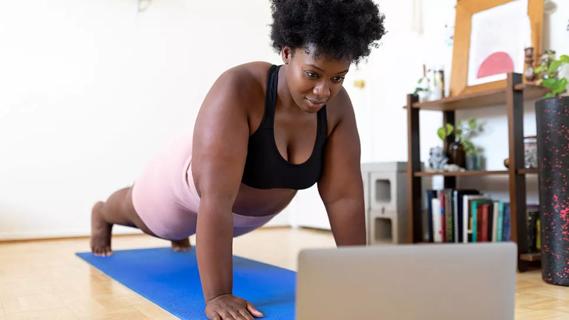
The exercise — which you’ve probably been doing since grade school — can be intimidating, but proper form can help
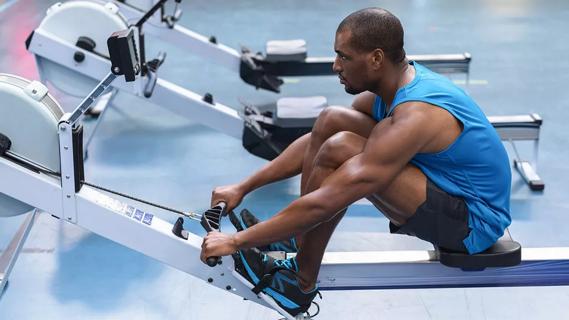
Exercise lowers risk for heart conditions, improves mental health and reduces visceral fat that can compromise your organs
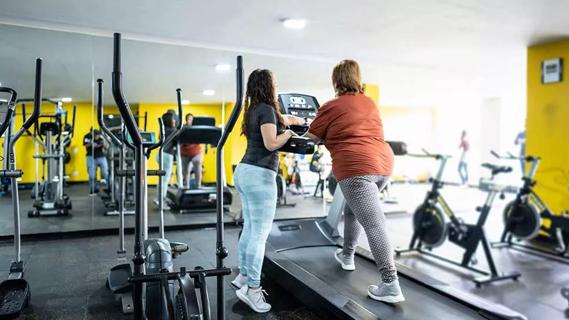
Ask questions, get referrals and consider if someone is a good fit for you and your fitness goals
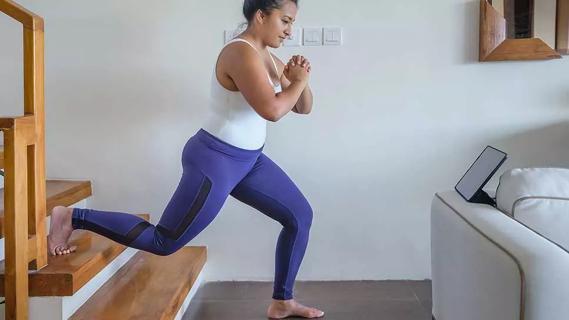
Expect a few bumps in the road, work out for the right reasons and give yourself some credit
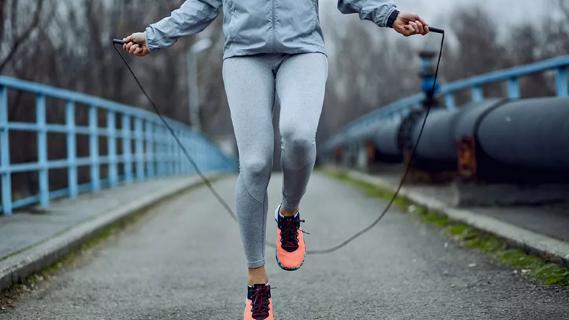
Jump into the swing of things to improve your coordination, burn calories and get your heart rate going
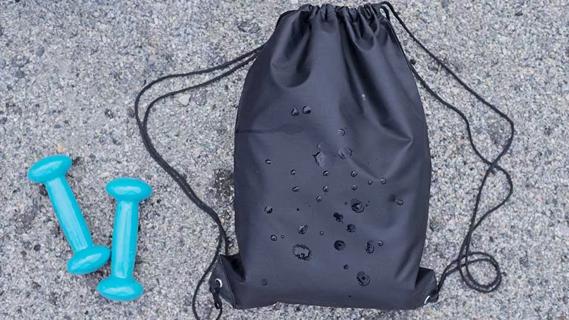
Walking with a weighted backpack is a low-impact, full-body workout that’s growing in popularity

A super high heart rate means you’re burning more than fat
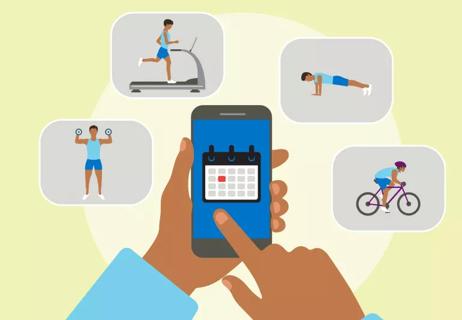
Meet your workout goals by accounting for frequency, intensity, time and type

Type 2 diabetes isn’t inevitable with these dietary changes

Applying a hot or cold compress can help with pain